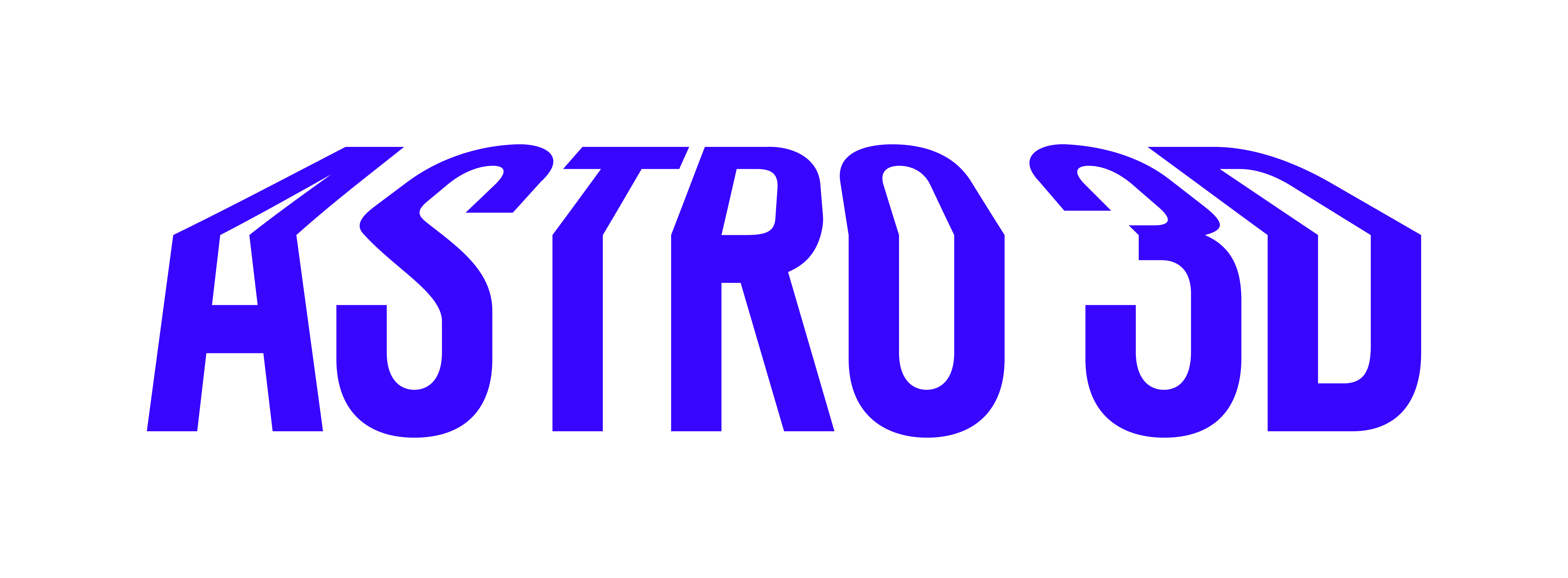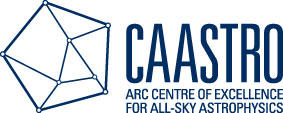Our current understanding of galaxy formation suggests that galaxies form in a 2-phase process (Naab et al. 2009). During the first phase, at high redshift, they grow by a rapid episode of in-situ star formation, resulting in compact massive systems. After z ≈ 2, these massive compact galaxies (log10(M∗/M⊙) > 10.5) are predicted to be quiescent and grow mostly by accreting mass through galaxy interactions that add stars to their outskirts (Naab et al. 2009, Hopkins et al. 2009, Oser et al. 2010). Evidence of this formation scenario is predicted to be preserved in the 2D kinematics (hydro-zoom cosmological simulations of Naab et al. 2014) and the stellar population radial profiles (Hirschmann et al. 2015, Cook et al. 2016) of local (present-day) galaxies. We have previously studied the stellar population radial profile of passive central and satellite SAMI galaxies (Santucci et al. 2020), finding that their stellar population gradients show no difference up to 2 Re. The merger history of a galaxy is thought to be one of the major factors that determines the internal kinematic structures of galaxies (e.g., White 1979; Fall & Efstathiou 1980; Park et al. 2019). Therefore we expect that the internal orbital structures of central and satellite galaxies could show different characteristics depending on their merging history. In particular, central galaxies are expected to experience a large number of major mergers, due to their privileged position in the potential well, and such systems are predicted to have more hot orbits and be more prolate shapes (Tsatsi et al. 2017, Li et al. 2018).
The Schwarzschild’s orbit-superpostion dynamical modelling method has been successfully used to dynamically decompose CALIFA and MaNGA galaxies, estimating the internal mass distribution, intrinsic stellar shapes and orbit distributions of galaxies across the Hubble sequence (e.g. Zhu et al. 2017, Zhu et al. 2018, Jin et al. 2020). However, the number of galaxies that they studied was limited, in particular when looking at central and satellite galaxies, and information on the higher kinematic moments were not included.
For this project we will apply the same technique (triaxial Schwarzschild implementation from van den Bosch et al. 2008) to SAMI galaxies in order to study and compare the internal structures of central and satellite galaxies, in order to better understand their formation and evolution history. The SAMI Galaxy Survey data covers a larger range in galaxy stellar mass, morphology and environments than previous analysis and the data set also includes the higher kinematic moments (h3, h4) which were not taken into account in previous studies. The main goal of this project is to determine the internal mass distribution and orbital structure of passive galaxies.
This project could potentially overlap with other SAMI projects that are comparing kinematics and environment. However, although the main goal is the same, the techniques used are very different and this is the first SAMI project which will decompose the internal structure of galaxies using Schwarzschild models.
Work on this project has begun by testing the reliability of the results obtained by applying Schwarzschild’s orbit-superposition models to CALIFA data, by reducing the radial coverage from Rmax ≈ 2Re to test what is the minimum radial coverage required to obtain consistent results. This test showed that we can obtain reliable fits to the internal structures within 1Re from kinematic maps that reach at least 1Re. A further test is being carried out to determine the minimum number of resolution elements within 1Re needed to derive robust values.
The measurements made will be made available to the rest of the team.
Analysis has been completed.
Paper is ready for team review and it can be downloaded through overleaf here: https://www.overleaf.com/read/rxyyzhxbcfpw
Response to the referee's report can be found here: https://docs.google.com/document/d/1YiWy6F7XZUVT8wOWZXzPo6f710nNOP_f-Eyh...




